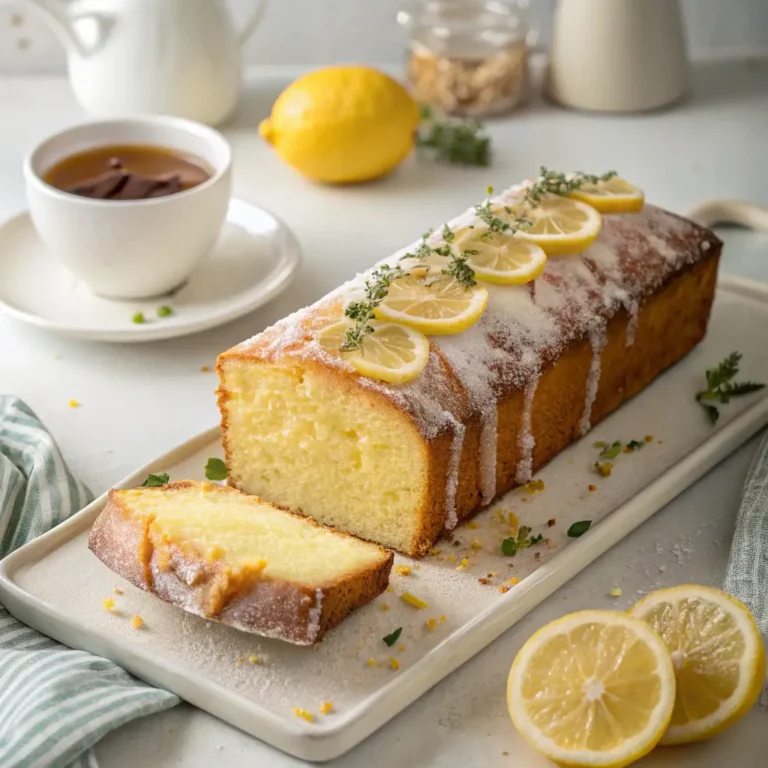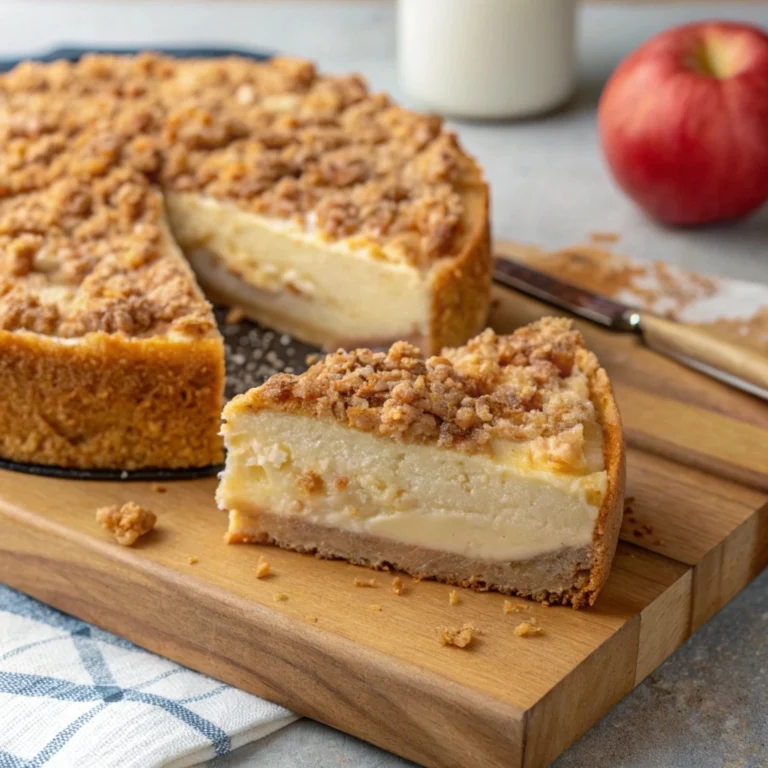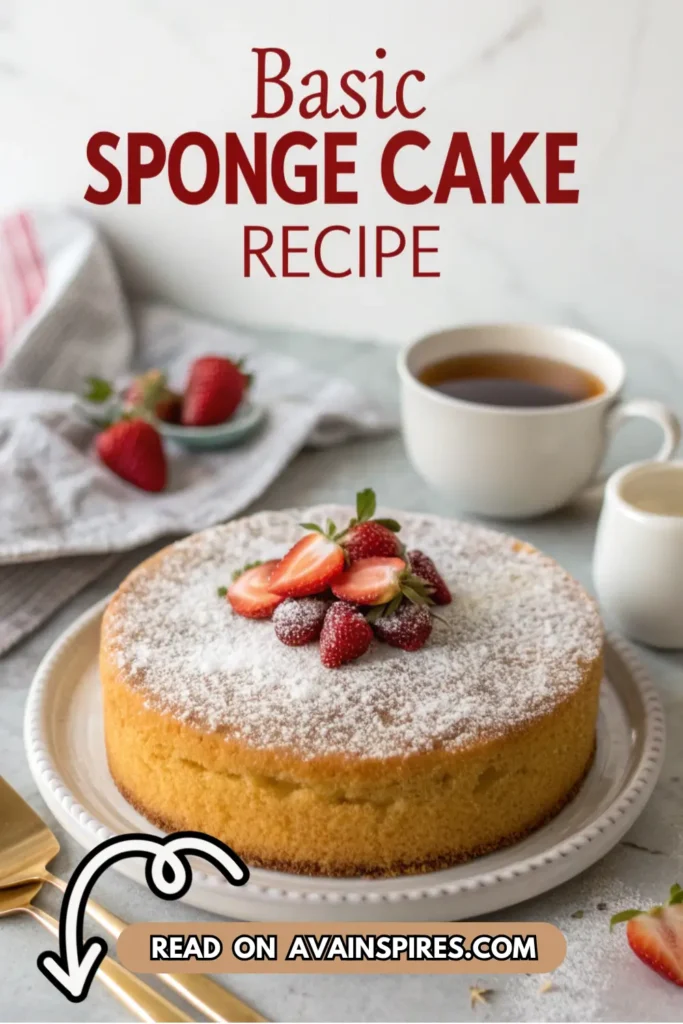
One afternoon, I was in the kitchen craving something simple yet delicious for dessert, and that’s when I decided to make a basic sponge cake.
The beauty of this recipe lies in its simplicity and versatility. As soon as the cake came out of the oven, the aroma filled the house, and my kids couldn’t wait to dig in.
The fluffy texture and light, moist crumb were a hit, and my husband even asked if I could make it for special occasions. It’s the perfect dessert for any time of year, and I highly recommend giving it a try.
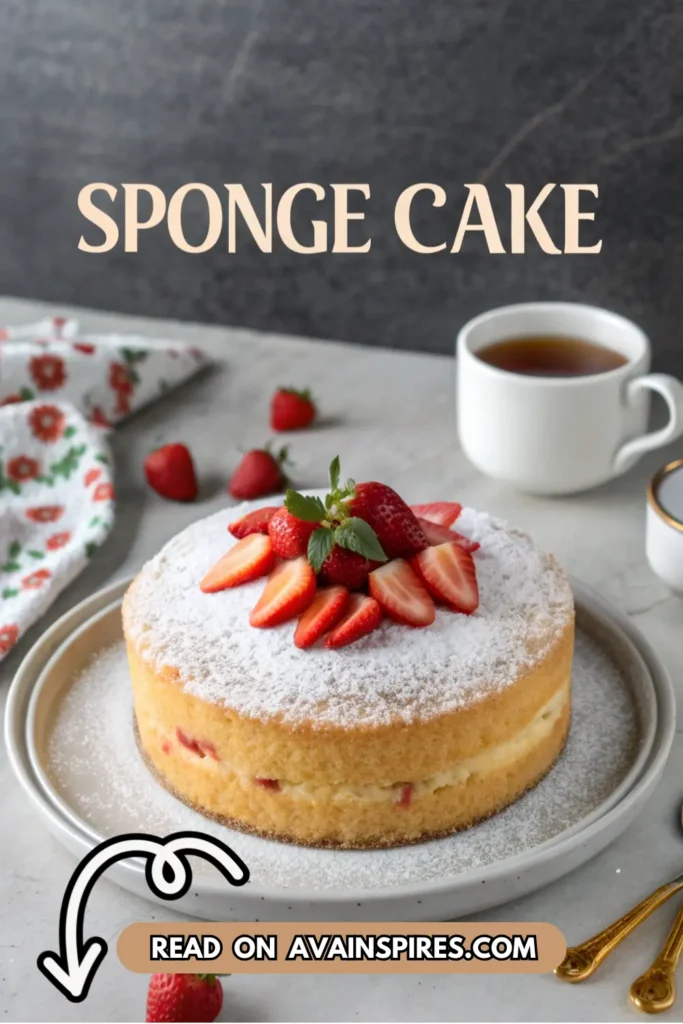
What Makes My Basic Sponge Cake Recipe Unique?
This basic sponge cake recipe stands out for its perfect balance of lightness and flavor. The ingredients are simple, yet the result is an incredibly moist and fluffy cake.
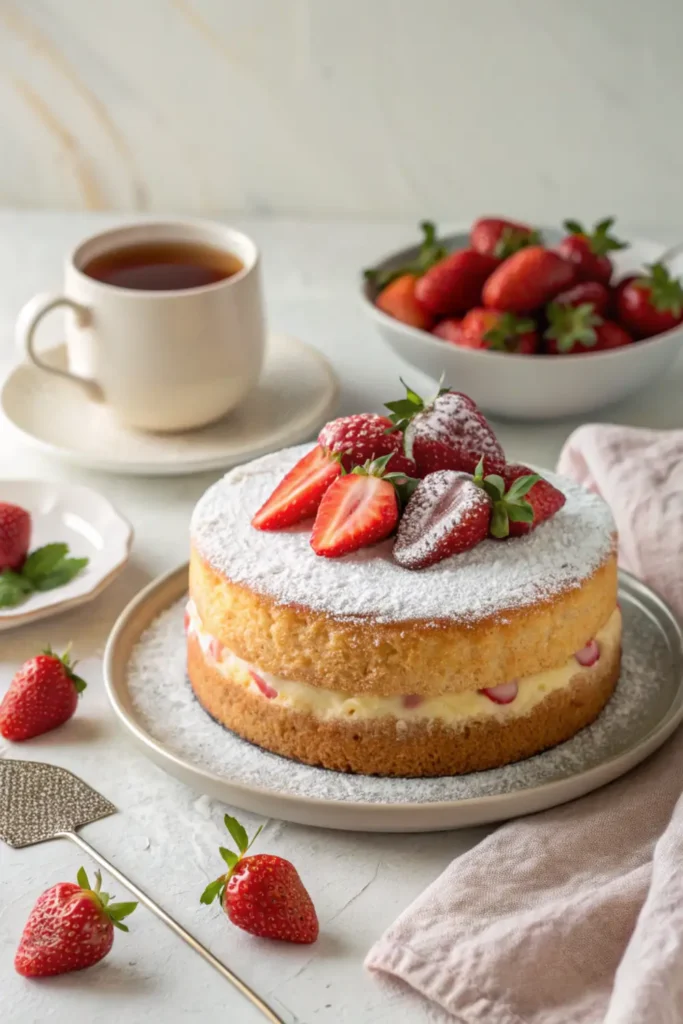
What makes my version unique is the careful attention to creating the perfect airiness while keeping the cake moist. I’ve also incorporated a subtle twist in flavor with vanilla extract, which adds a warm, comforting taste to every bite.
Unlike other recipes, this one also works great with just a few eggs and oil, making it easy for anyone to whip up.
Ingredients List For Basic Sponge Cake Recipe
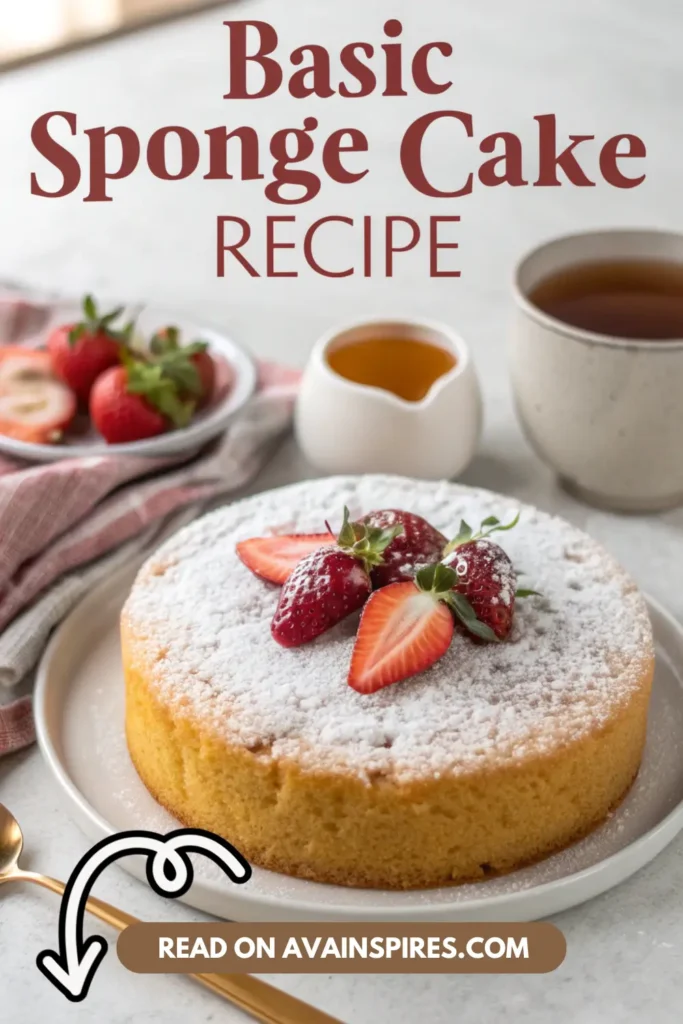
Here are the ingredients you’ll need to make the best basic sponge cake from scratch:
- 2 large eggs, room temperature
- 1 cup (200g) granulated sugar
- 1 cup (125g) all-purpose flour
- 1/2 teaspoon vanilla extract
- 1/4 teaspoon salt
- 1/2 teaspoon baking powder
- 1/4 cup (60ml) vegetable oil (or a mild flavored oil)
- 1/4 cup (60ml) warm water (to add moisture)
- Optional: Powdered sugar for dusting
These ingredients are all easily available and come together to create a wonderfully light and fluffy sponge cake. The oil gives the cake a moist texture, while the eggs help provide structure.
Substitutions and Variations
Feel free to customize this basic sponge cake recipe to suit your dietary preferences or flavor choices:
- Eggless Sponge Cake: Replace the eggs with a flaxseed mixture (1 tablespoon ground flaxseed + 3 tablespoons water) or an egg replacer.
- Gluten-Free Option: Use a gluten-free flour blend instead of all-purpose flour for a gluten-free sponge cake.
- Vegan Sponge Cake: Swap the eggs and oil for a plant-based alternative, such as unsweetened applesauce or a plant-based yogurt.
- Flavor Variations: You can add lemon zest or orange zest for a citrusy twist, or substitute the vanilla extract with almond or hazelnut extract for a nutty flavor.
- Hot Milk Sponge Cake Recipe: Use hot milk in place of the warm water for a richer, more indulgent flavor.
Basic Sponge Cake Step-by-Step Cooking Instructions
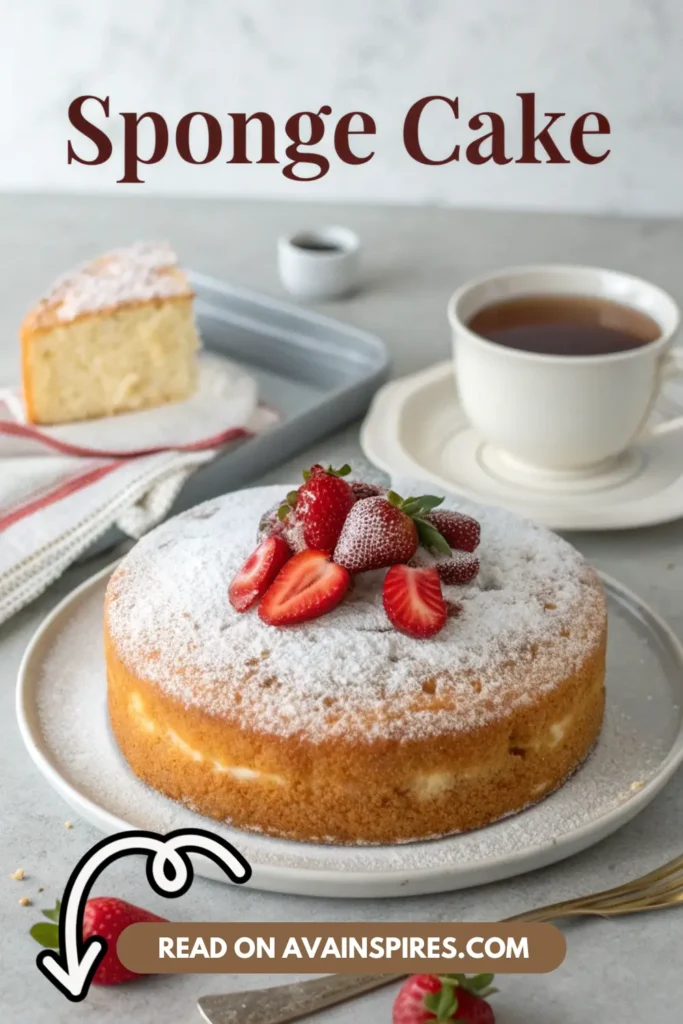
Step 1: Preheat the Oven and Prepare the Pan
Start by preheating your oven to 350°F (175°C). Grease a round cake pan (8 or 9 inches) with a bit of oil or butter and lightly dust it with flour to prevent sticking. If you prefer, you can line the bottom of the pan with parchment paper.
Step 2: Beat the Eggs and Sugar
In a large bowl, beat the eggs with the sugar until the mixture becomes thick and light in color. This step is crucial for achieving a fluffy sponge cake. You can use a hand mixer or stand mixer on medium speed for about 5 minutes. This process incorporates air into the eggs, which helps create that perfect texture.
Step 3: Mix the Dry Ingredients
In a separate bowl, sift the flour, salt, and baking powder. Sifting helps avoid lumps in the batter and ensures a smooth, even texture for your cake.
Step 4: Combine Wet and Dry Ingredients
Gently fold the dry ingredients into the egg-sugar mixture using a spatula. Be careful not to deflate the air bubbles you’ve just created. Add in the vanilla extract and continue folding until just combined.
Step 5: Add the Oil and Water
Next, slowly pour in the oil and warm water. These ingredients help create a moist, tender sponge. Fold the mixture gently to combine everything without losing air from the batter.
Step 6: Bake the Cake
Pour the batter into the prepared cake pan and smooth the top with a spatula. Bake the sponge cake for about 25-30 minutes, or until a toothpick inserted into the center comes out clean. The top of the cake should be golden brown.
Step 7: Cool and Serve
Let the cake cool in the pan for 10 minutes before transferring it to a wire rack. Allow it to cool completely before serving or decorating.
Common Mistakes to Avoid While Preparing Basic Sponge Cake
- Overmixing the batter: Overmixing can cause the cake to lose its light texture, so always fold gently.
- Underbeating the eggs: Beating the eggs and sugar until light and fluffy is key to getting that airy sponge texture.
- Not preheating the oven: A properly preheated oven ensures even baking and prevents the cake from becoming dense.
- Using cold eggs: Make sure your eggs are at room temperature for the best results.
Basic Sponge Cake Serving and Presentation Tips
Here are a few simple yet elegant ideas for serving your sponge cake:
- Classic Sponge Cake Decoration: Dust the top with powdered sugar, or top with fresh fruit like berries, or a dollop of whipped cream.
- Layered Sponge Cake: Slice the cake in half horizontally, then fill with a layer of jam, whipped cream, or frosting for a beautiful layered cake.
- Chocolate Drizzle: For a richer touch, drizzle melted chocolate on top or serve with a scoop of ice cream.
How to Serve Basic Sponge Cake
Sponge cake is a versatile dessert that can be served in various ways:
- Serve it with fresh fruits like strawberries, blueberries, or raspberries.
- Pair it with a hot cup of tea or coffee for an afternoon treat.
- Add a side of whipped cream or ice cream for an indulgent dessert.
Extra Recipe Tips For Basic Sponge Cake
- Prepare Ahead: This cake can be baked a day ahead and stored in an airtight container. It will stay fresh for up to 3 days.
- Storage: If you have leftovers, store the sponge cake at room temperature, tightly covered to prevent it from drying out.
- Freezing: You can freeze the sponge cake layers for up to 3 months. Just wrap each layer tightly in plastic wrap and aluminum foil.
FAQs
What is the secret to a good sponge cake?
The key to a great sponge cake is beating the eggs well to incorporate air, using the right proportions of ingredients, and folding gently to avoid deflating the batter.
What is the difference between a regular cake and a sponge cake?
A sponge cake is lighter and fluffier due to the whipped eggs and the absence of butter in most recipes, while a regular cake may have a denser texture.
What makes a cake spongy and fluffy?
Incorporating air through beating the eggs and using a light hand when mixing the batter are the secrets to a spongy and fluffy cake.
Final Thoughts
I can’t recommend this basic sponge cake recipe enough—it’s simple, moist, and perfect for any occasion. Whether you enjoy it plain or decorated with your favorite toppings, this cake will undoubtedly become a staple in your kitchen. I encourage you to give it a try; it’s an easy sponge cake recipe that will impress your family every time!



